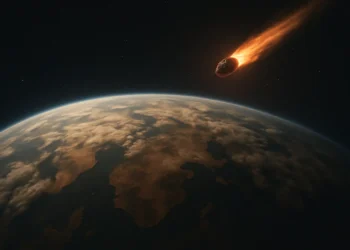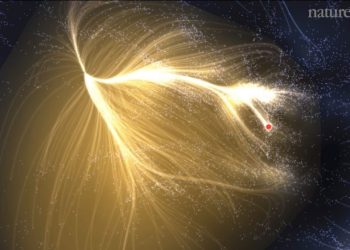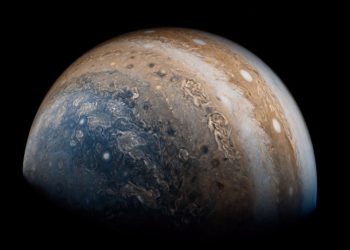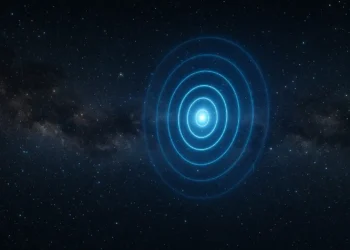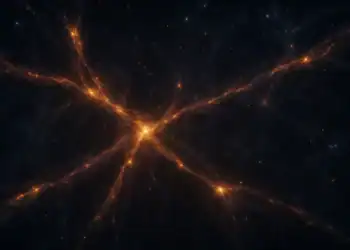The first true 3D map of the Milky Way is changing everything we thought we knew about our galaxy. What once looked like a flat spiral now appears warped, rippled, and strangely twisted. It’s not just a better view of space — it’s a reality check about where we live.
Our home in the universe is more dynamic and distorted than anyone imagined.
How the 3D map of the Milky Way was created
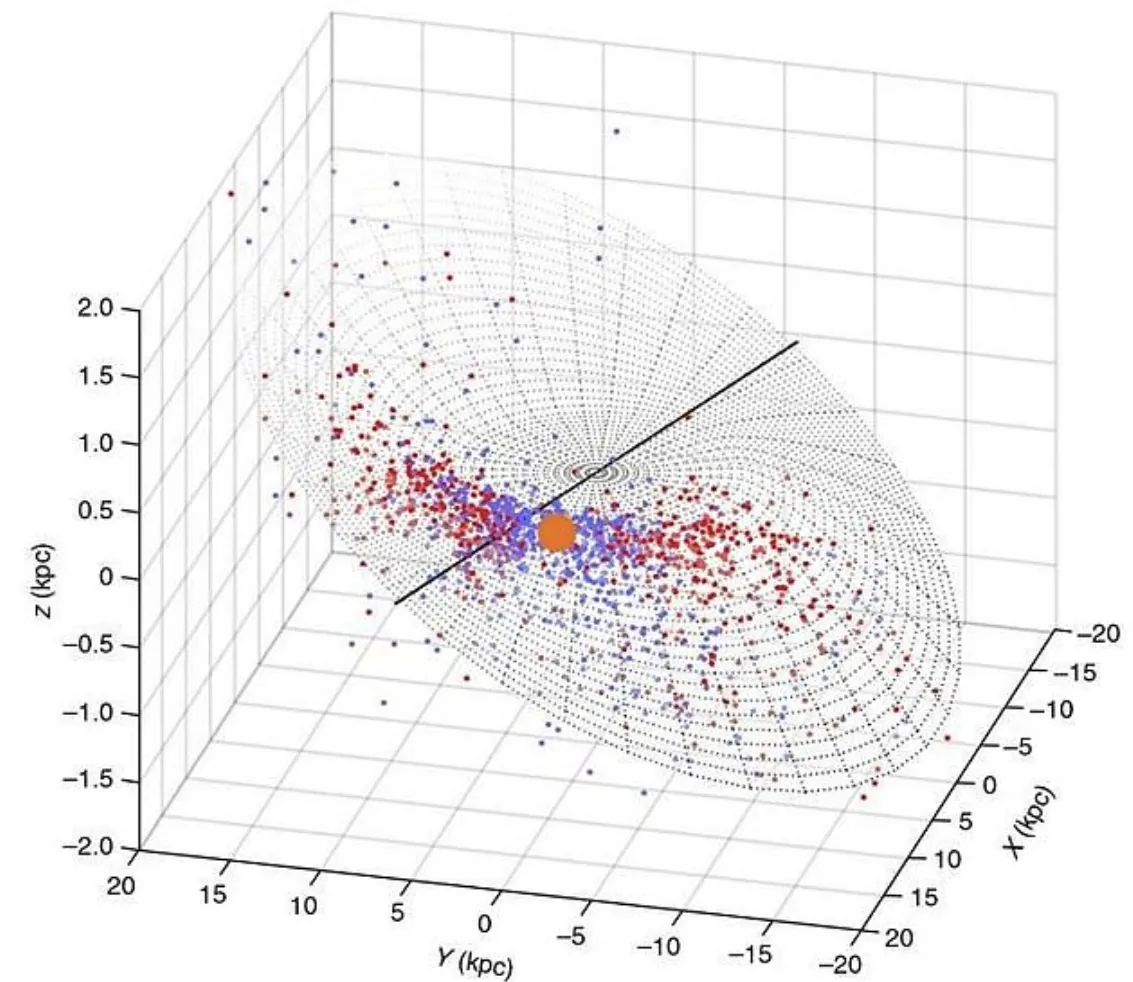
The breakthrough comes from scientists at the National Astronomical Observatories of the Chinese Academy of Sciences (NAOC) and Macquarie University in Australia. To build the 3D map of the Milky Way, they tracked more than 1,300 classical Cepheids — rare, pulsating stars known for their consistent brightness cycles.
Because Cepheids act like stellar mile-markers, researchers were able to measure distances across the galaxy with incredible precision — often within 3 to 5%.
What they discovered was unexpected: the outer edges of the Milky Way aren’t flat. Instead, they curve upward and downward, forming a graceful S-shaped warp that becomes more pronounced the farther stars are from the center.
Why the Milky Way isn’t flat
This strange galactic twist is likely caused by gravitational torque — a twisting force from the Milky Way’s densely packed core. As the inner regions rotate, they tug unevenly on the outer arms, bending the galaxy’s shape over time.
“We usually think of spiral galaxies as being quite flat, like Andromeda,” said Professor Richard de Grijs of Macquarie University.
“But the Milky Way is more like a warped vinyl record — it bends and twists as you move farther out.”
The team also believes hydrogen gas clouds in the galaxy’s outskirts may respond differently to gravity, adding to the distortion. In essence, the galaxy is slowly twisting — and the new 3D map of the Milky Way is the first to capture it in detail.
Why this took so long to discover
Mapping our galaxy is notoriously difficult. Since we live inside the Milky Way, our view is limited by dust, gas, and distance. For decades, astronomers had only rough, two-dimensional models to work from.
But with Cepheid variables acting as reliable beacons, scientists were finally able to stitch together a fuller view — one that shows the true, twisted structure of our galactic home.
The Milky Way isn’t the only galaxy with this kind of warp. Astronomers have spotted similar distortions in dozens of spiral galaxies, suggesting this bending may be more common than previously thought.
But what makes this discovery remarkable is how close it hits — this isn’t a distant object in the sky. It’s where we live.
Thanks to the most accurate 3D map of the Milky Way ever created, we’re starting to see our galaxy not as a clean geometric spiral, but as a living, bending, evolving structure shaped by invisible forces.






